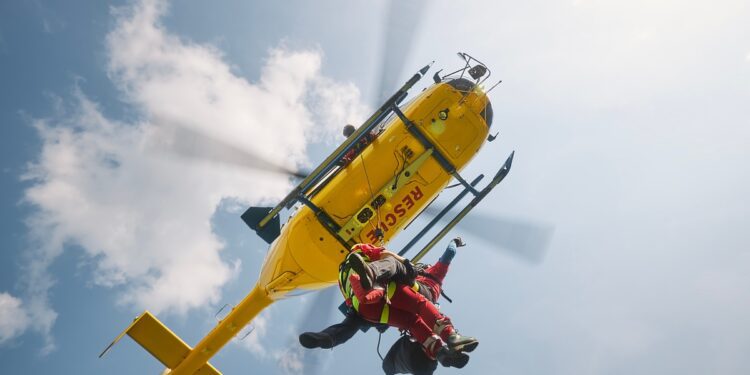Medical emergencies don’t follow convenient schedules or respect geographic boundaries. Sometimes, the difference between life and death depends on getting a patient to specialized care as quickly as possible. Medical air transport represents a critical lifeline when ground transportation isn’t fast enough or feasible. This comprehensive practical guide to understanding medical air travel will help you navigate the complexities of emergency medical transportation, whether you’re a healthcare professional, patient advocate, or someone preparing for potential medical needs.
When Ground Transportation Isn’t Enough
Medical air transport becomes essential in several scenarios where traditional ambulances fall short. Remote locations often lack immediate access to specialized medical facilities, creating dangerous delays for patients requiring urgent care. Mountain regions, islands, or rural areas might be hours away from the nearest trauma center by road, but only minutes away by air. Additionally, natural disasters frequently block roads entirely, making helicopters the only viable option for medical evacuations.
Types of Medical Aircraft Services
Medical air transport operates through two primary aircraft types, each designed for specific situations and distances. Helicopters excel at short to medium-range missions, typically covering distances up to 200 miles. Their ability to land in small spaces makes them ideal for hospital helipads, accident scenes, or remote locations without airports.
Meanwhile, fixed-wing aircraft handle longer distances and international medical transports. These planes can travel thousands of miles and often carry more advanced medical equipment than helicopters. The benefits of critical care medical transport extend beyond speed alone. These aircraft are equipped with sophisticated medical equipment and have highly trained medical personnel who can provide intensive care during flight.
Understanding the Medical Team
Medical air transport crews include specially trained professionals who can handle complex medical situations at altitude and in confined spaces. Flight nurses possess advanced training in critical care medicine and aerospace medicine principles. They understand how altitude affects the human body and can adjust treatments accordingly.
Flight paramedics bring extensive emergency medical experience to the team, often having years of ground ambulance experience before transitioning to air medical services. Some flights also include physicians, particularly for complex cases or international transports requiring advanced procedures during flight.
Preparing for Medical Air Transport
While you can’t predict medical emergencies, some preparation can help if air transport becomes necessary. Keeping important medical information readily available speeds up the decision-making process. This includes current medications, allergies, recent medical procedures, and emergency contacts.
Certainty regarding the patient’s location helps dispatchers send aircraft to the right place quickly. Keep in mind that rural areas might require specific landmarks or GPS coordinates for accurate location identification.
Making Critical Decisions When Time Matters
This practical guide to understanding medical air travel provides the foundation for recognizing when air transport might be necessary and what to expect from these specialized services. Medical air transport serves as a vital bridge between remote locations and specialized care facilities. Whether facing a personal medical emergency or supporting someone else through a crisis, knowledge about these services helps ensure the best possible outcomes when every second truly counts.















